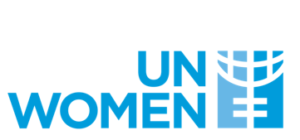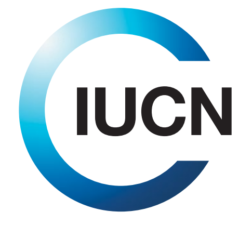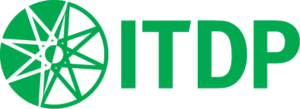
This guidance on gender mainstreaming in transport and roads provides specific ‘how-to’ guidance together with checklists across the project lifespan in four subsectors (roads, non-motorized transport and pedestrian infrastructure, transport systems, and ports), with context-specific Asia and Pacific regional information and case studies to showcase what socially-inclusive and gender-equitable infrastructure designs look like on the ground. It is part of a practical series of how-to guides and checklists specific to the Asia-Pacific region.
Lifecycle Phase(s): Strategic PlanningPublic authorities identify the needs and long-term vision for infrastructure development., PrioritizationAuthorities decide which projects to realize and how to allocate resources., Project PlanningGeneral strategy for a project’s delivery is developed., Concept DesignTechnical experts broadly outline the project’s basic characteristics., ProcurementThe provision of goods and services to realize a project are tendered and closed., FinanceDevelopers decide how to pay for their project., Detailed DesignTechnical experts further elaborate the Concept Design., ConstructionThe asset is constructed in line with design, budget and timeline., Operation and MaintenanceInfrastructure assets are managed and maintained during their use time.
Type(s) of Tool: GuidelinesOperationalize sustainability principles, less specific than Benchmarks or Rating Systems.






